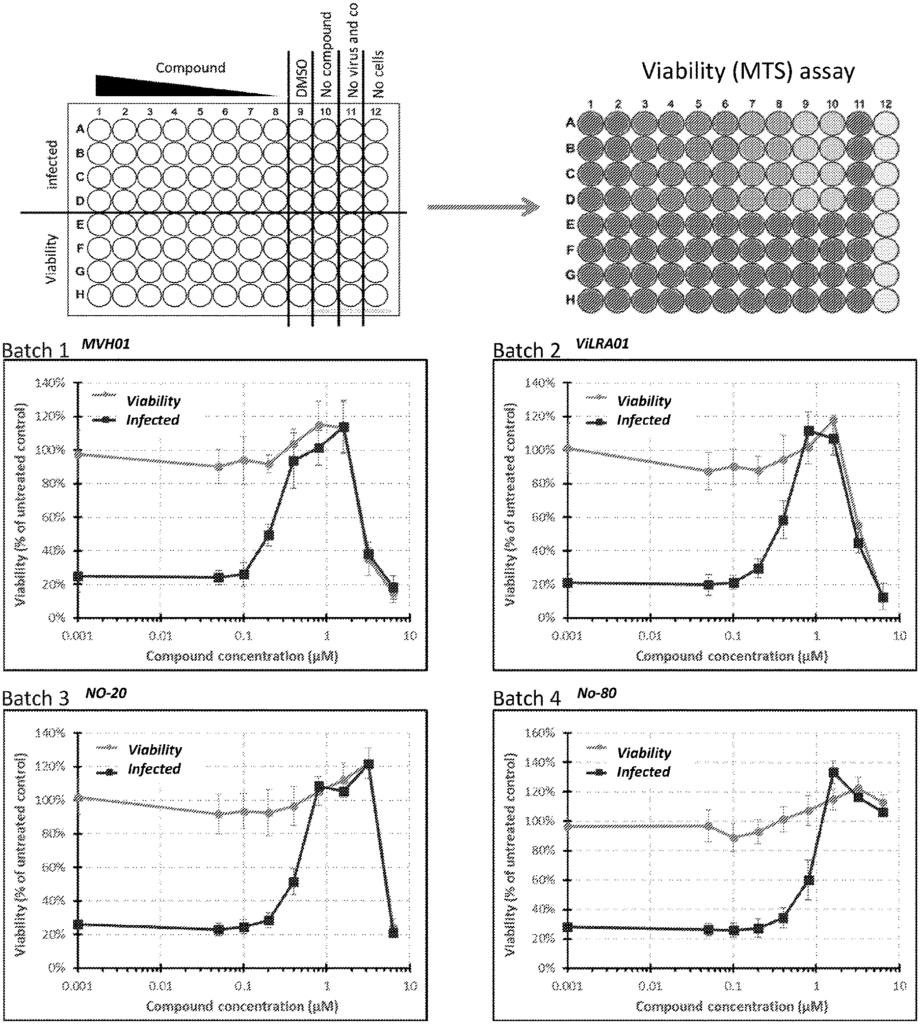Effective Coronavirus Treatment and Prevention
Introduction
This innovative method for treating and preventing coronavirus infections provides a strategic approach to managing symptoms, reducing transmission, and enhancing immunity against variants of the coronavirus. By focusing on key pathways and mechanisms related to viral replication and immune response, this technology offers pharmaceutical companies and healthcare providers a versatile platform to develop effective treatment options that can be adapted to different viral strains. For companies engaged in infectious disease research and public health, this technology is an essential asset for advancing COVID-19 and related viral treatments, improving patient care, and supporting public health initiatives.
The Challenge: Combating Evolving Viral Threats
Coronavirus infections, particularly in light of the recent pandemic, have highlighted the need for adaptable and effective treatment solutions. As new variants of the virus emerge, existing treatments can struggle to keep up with the virus’s evolving nature, requiring healthcare providers and public health organizations to constantly update their strategies. The challenge is to develop methods that are not only effective against current strains but can also adapt to new ones. This demands treatments that target the underlying mechanisms of viral infection while bolstering the immune response to prevent spread and severity.
Advanced Methodology for Effective Coronavirus Treatment
This technology provides a comprehensive approach to addressing coronavirus infections by targeting the virus’s replication processes and enhancing immune defenses. The method leverages precise molecular interactions to reduce viral load and support the body’s natural immunity, making it effective for both treatment and prevention. By focusing on core mechanisms, this method ensures that treatments can remain effective even as new variants arise, offering a long-term solution to coronavirus management. The technology is adaptable for integration into vaccines, antiviral medications, or immune-boosting supplements, making it a versatile tool for healthcare providers.
Key Benefits for Pharmaceutical and Healthcare Sectors
For pharmaceutical companies, this technology offers a robust platform to develop a suite of products that address current and future needs in coronavirus treatment and prevention. Public health organizations and healthcare providers can integrate this method into their care protocols, providing patients with effective and reliable protection against coronavirus infections. Its adaptability also makes it valuable for rapid response to emerging viral threats, ensuring that healthcare systems are better equipped to handle surges in infection rates. This technology is a strategic asset for companies dedicated to advancing infectious disease management and strengthening global health security.
Invest in Public Health and Patient Safety
Licensing this coronavirus treatment and prevention technology positions your company as a leader in infectious disease solutions. By providing a flexible and powerful tool for managing and preventing coronavirus infections, your business can meet the growing demand for effective, adaptable treatments that protect public health. This technology is a strategic investment for companies committed to enhancing patient care, supporting pandemic preparedness, and leading in the field of viral infection management.

- Abstract
- Claims
Share
Title
Methods of treating or preventing coronavirus infection
Inventor(s)
Y.K. Onno TENG, Robert B. HUIZINGA, Neil SOLOMONS, Jennifer Cross
Assignee(s)
Aurinia Pharmaceuticals Inc
Patent #
20230183293
Patent Date
June 15, 2023
